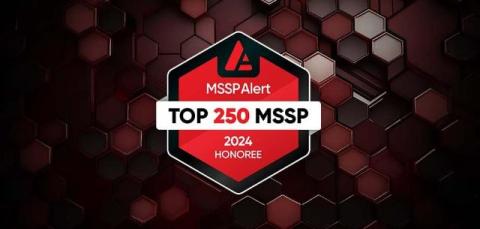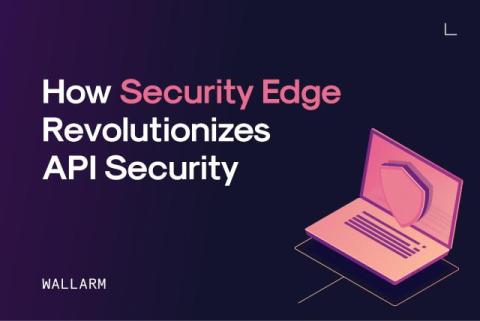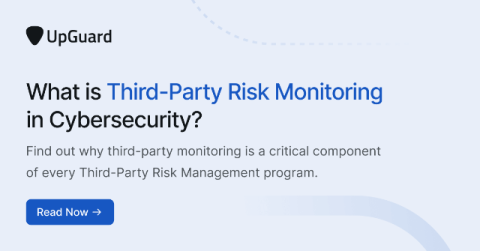Trustwave Again Named as an MSSP Alert Top 10 Managed Security Services Provider
For eight consecutive years, MSSP Alert has named Trustwave as one of the Top 10 Managed Security Services Providers worldwide. Trustwave placed 10th on MSSP's 2024 Top 250 MSSP list, indicating the company's status as a leading provider of managed security services.











